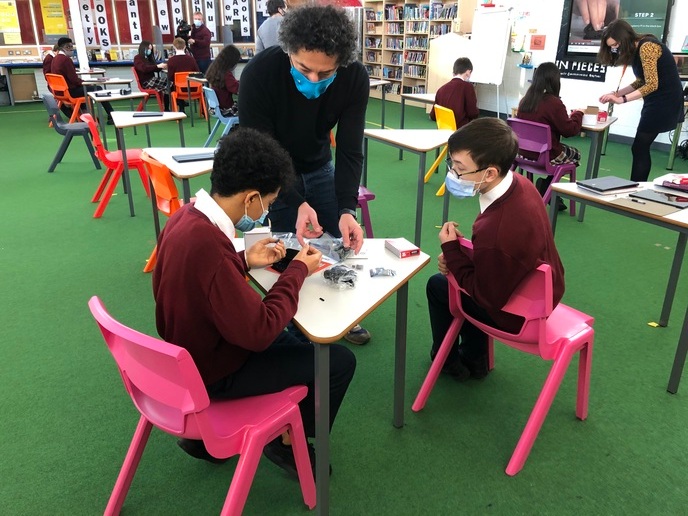Putting citizens in the driving seat of urban transport policy
Traffic is something that affects most city dwellers, whether they are stuck in a jam, waiting too long for public transport, trying to navigate through on foot, or suffering from pollution. WeCount (Citizens Observing UrbaN Transport), an EU-funded citizen science project, included residents in the collection of traffic data, giving them the necessary evidence to push for new transport policies. “The aim of our project was to enable citizens to initiate a policymaking process by having them collect traffic data with an automated sensor,” explains Kris Vanherle, WeCount project coordinator at Transport & Mobility Leuven. “We wanted to empower citizens, give them the means to collect and analyse traffic data, and formulate solutions for local mobility problems.” The WeCount project ran five successful case studies involving hundreds of citizens in Cardiff, Dublin, Leuven, Ljubljana and Madrid. “We demonstrated the approach works for different cities, with different cultural and mobility challenges,” Vanherle says. “In all cases, there are examples of changes in the field, such as speed bumps, lowering speed limits, and changes to traffic circulation – as a direct result of the actions of the citizens in the project,” he adds.
Taking advantage of local knowledge
WeCount used an existing traffic counting sensor known as Telraam: a low-cost, high-tech device that citizens can install in the front windows of their homes to monitor passing traffic. These sensors send the data to a dedicated software platform, letting all users easily access and visualise the data. “We improved these sensors and the platform, to increase ease of use and installation from the perspective of the citizen, and to facilitate the management of the citizen science project from the perspective of the researcher,” notes Vanherle. Yet while technology was a major component of WeCount, it’s first and foremost a citizen science project, he adds. “We engaged with citizens to understand concerns about local traffic, the collection of data itself, the interpretation of data and creating the bridge with the policy level, enabling dialogue.” Residents are well placed to understand specific local issues, and can explain the sometimes counterintuitive trends found in traffic data. For example, while there are typical peaks in traffic during the morning and evening, some local streets show strange usage patterns that a transport policy specialist behind a desk might not understand.
Urban policy through public involvement
The WeCount team wanted to create a system that could be replicated by residents of other European cities, in future citizen science projects. Two policy briefs also emerged: one focused on the challenges of adapting citizen science methodology to an online setting, necessary due to the constraints brought on by the COVID-19 pandemic. The second highlights the success stories from WeCount, and how the lessons learned can better inform future urban policy. “Ultimately, the project also engaged with local and regional authorities and cities, to share the potential of involving citizens in the process of data gathering,” says Cláudia Ribeiro, project officer at POLIS, the network for European cities and regions cooperating for sustainable urban mobility. “This can lead policymakers to make better informed decisions about traffic planning and management,” she adds.
Keywords
WeCount, traffic, urban, count, citizen, science, sensor, policy, data, evidence







